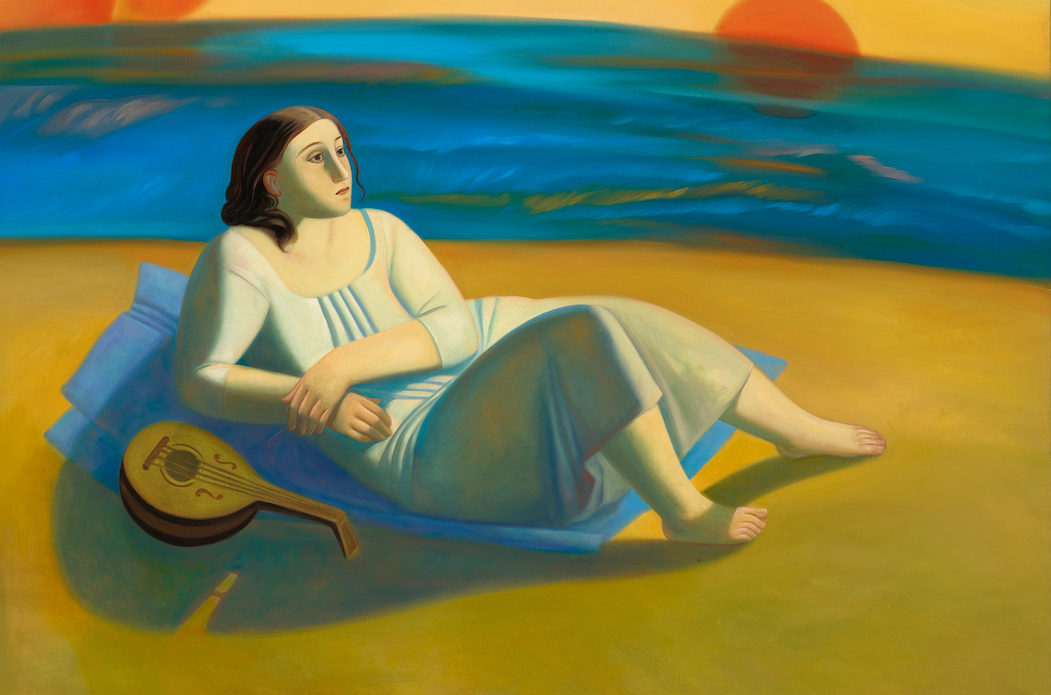AHMED MATER

‘Lightning 1’
Saudi artist Mater is one of the most significant figures in the region’s contemporary arts scene. This striking image has previously been shown as part of an exhibition entitled “Mitochondria:powerhouses,” in which, according to the press release for that show, Mater “scrutinizes two systems structuring contemporary geopolitics — religion and natural resources.” This photograph is illustrative of Mater’s concern with the tension between science and faith — something he has a unique take on thanks to the way his work balances his artistic aims with his background in science-based medical training.
SARAH ABU ABDALLAH
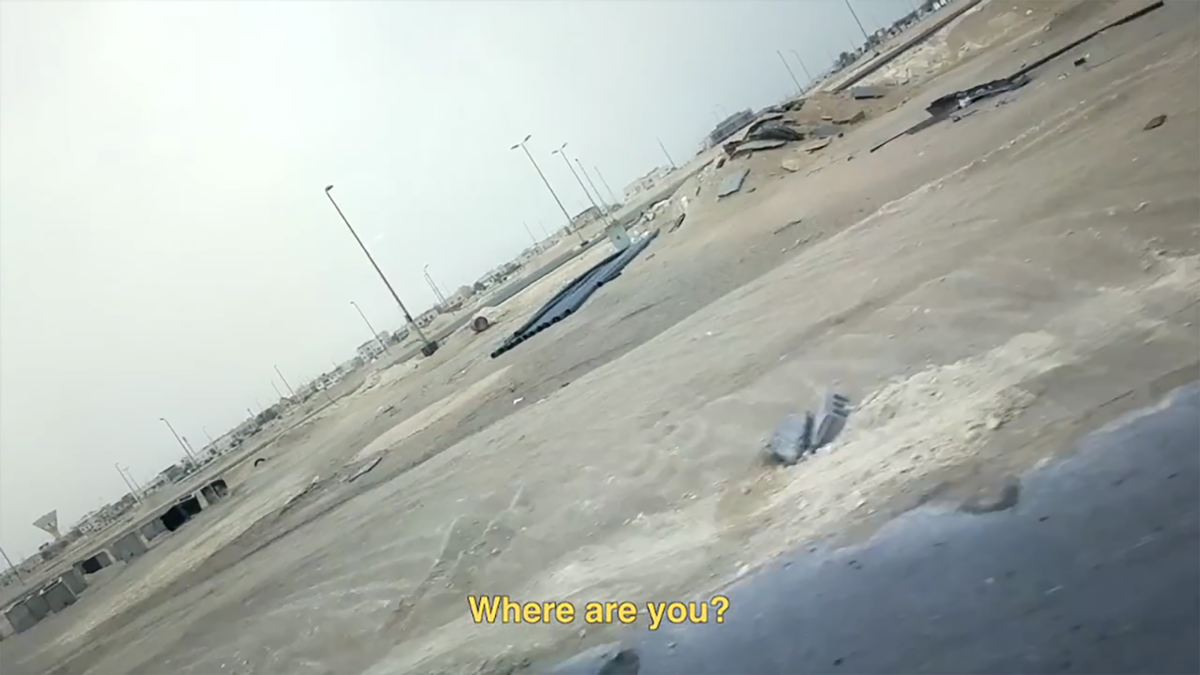
‘Salad Zone’
Contemporary Saudi artist Abdallah uses video, installation, poetry, images and conversations to create her work. “Through references to gender roles and the female experience, (she) explores issues of obscurity and value, probing the social and cultural conditions of contemporary Saudi Arabia,” according to Athr Gallery. “Salad Zone” is a 20-minute single-channel video projection that is both funny and alarming. It was inspired by a story a friend told Abdallah about an argument that took place at her home, the artist told Arab News last year. “My friend was so angry that she took a stick and started smashing the TV,” she said. “I thought it was funny, because the TV room seems to be where a lot of anger develops. It’s also the place in a home where people gather the most.”
RADHIKA KHIMJI
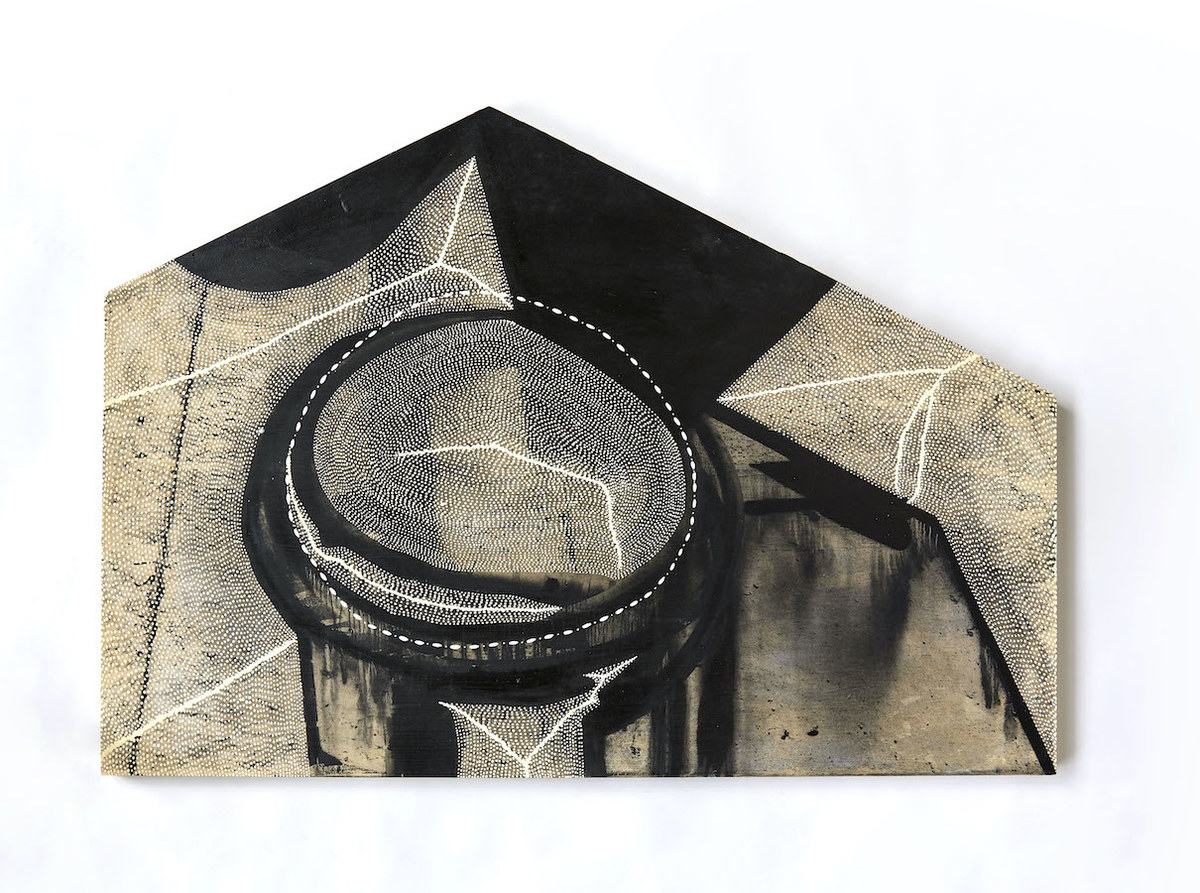
‘This House Ties Its Ropes Tight’
The Omani-born artist combines painting, collage, sculpture, drawing, and photography techniques to create her work. According to her gallery, Experimenter, “She borrows from a surrealistic language to shift cultural stereotypes and make visible a body screened by certain censorships.” This work, the gallery explains, “presents the viewer with the form of a home layered with interventions of the self — in many ways deconstructing, evading and erasing constructions of our formulated identities of self and space over time.”
YAZAN ABU SALAMEH
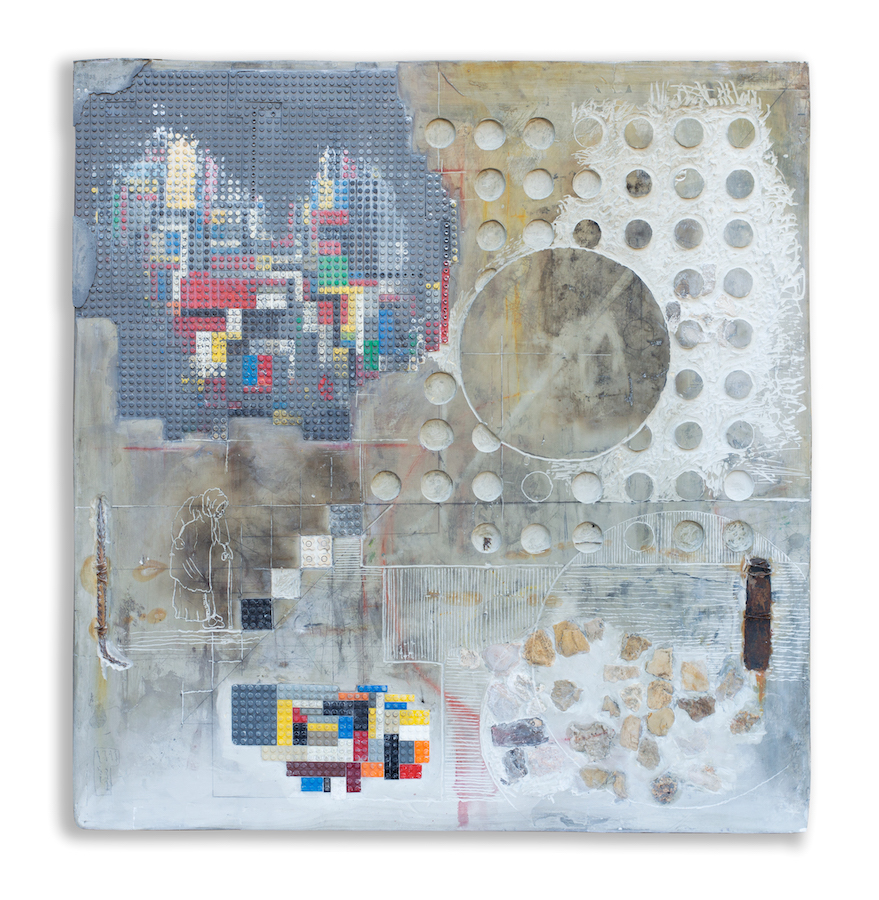
‘Walled-off View’
This young Palestinian artist’s work focuses heavily on themes of home and separation. Using material including concrete, wire and Lego, he constructs artworks that, as Zawyeh Gallery’s bio explains, “can be seen as miniature maps that reflect remnants of childhood memories, concrete blockades and watch towers, as well as Palestinian neighborhoods from a bird’s eye view. In many instances, he directs the attention of the viewer to a certain spot on the surface of his artwork by drawing a circle. The circle acts as a magnifying glass, pointing towards what might be his location on ‘the map’ or perhaps his vision of what is the focal point on the canvas, where viewers should focus their gaze.”
LULWAH AL-HOMOUD

‘The Language of Existence’ (detail shown)
This 2013 work demonstrates the Saudi artist’s skill in creating complex abstract works from Arabic letters, using styles and rhythms from calligraphy. “The way I use calligraphy is not meant to be read,” she told Arab News last year. “It is not direct. It will ask people to look more deeply into the painting to be able to figure out what is written.” This work — of which only a detail is shown here — is from a series in which, the artist explained to Islamic Arts magazine, she used mathematical squares to “compose new codes” for each letter of the Arabic alphabet. “With these codes, I inscribe the 99 names of God. It is He… The Infinite, shining through the finite.”
AFIFA ALEIBY
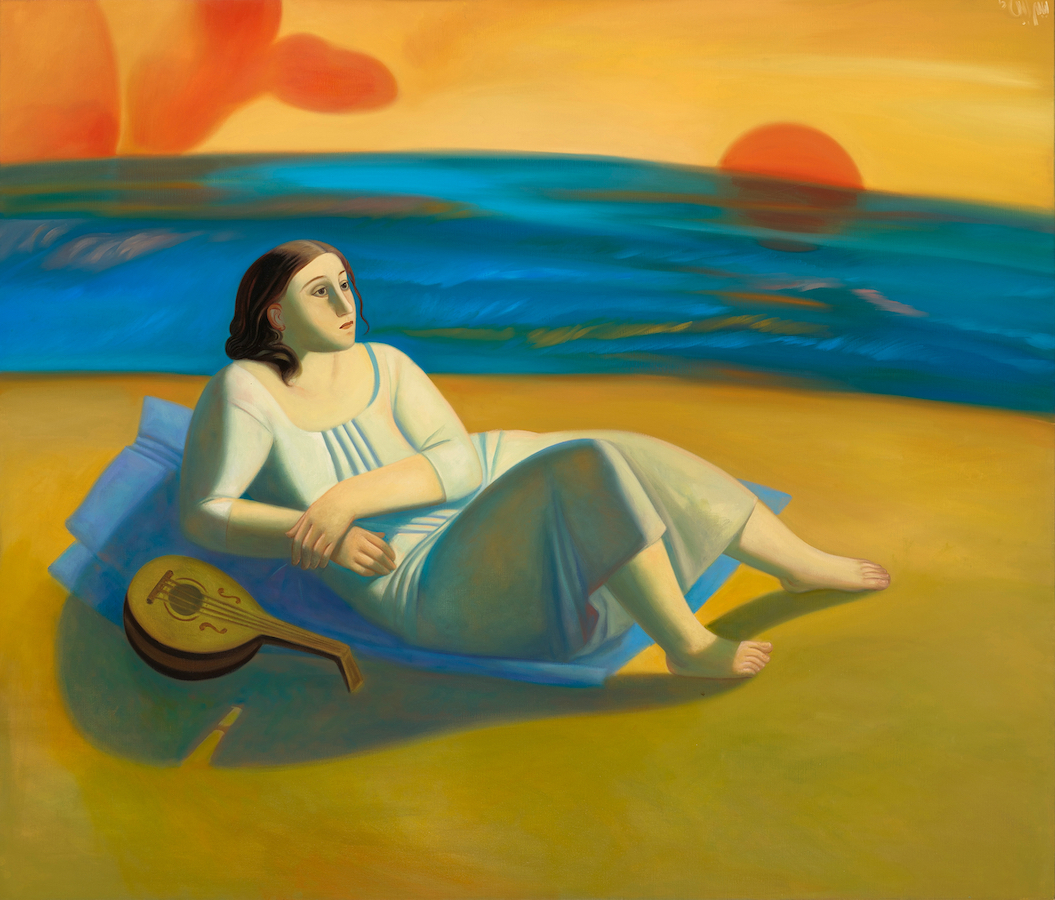
‘Sunset’
Aleiby is an Iraqi artist who studied in Moscow, and has also lived in Italy, Yemen and the Netherlands. She is also an illustrator of children’s books, something that has doubtless influenced the slightly cartoonish quality of some of her work, including this 2017 painting. Her biography from the Kristin Hjellegjerde Gallery explains: “Her connection to humanity and different cultures has made solidarity transcending geographical and cultural borders an important theme in her work. Bringing together different influences — from Renaissance painting to religious icons and social realism — she uses the female figure as a recurring motif to reflect beauty, taste, politics and society.”
BASHAR ALHROUB
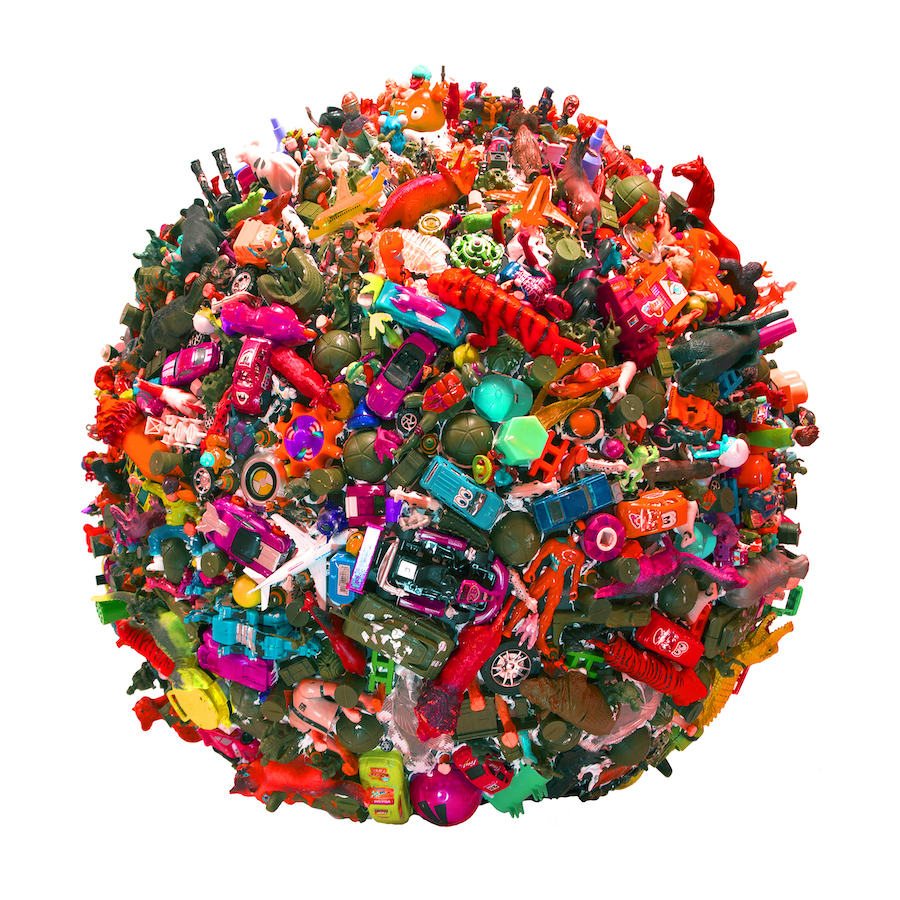
‘My Son’s World’
This sculpture is part of the Palestinian artist’s series of works created by placing a selection of his son’s toys of similar color around a sphere. Alhroub has created similar toy-based works before, and this series, Zawyeh Gallery suggests, “tells the story of a world that his son dreams of living in, and perhaps attempts to predict the future (or) it might also be wishful thinking, given the wars and pandemics permeating our world at the moment.”
